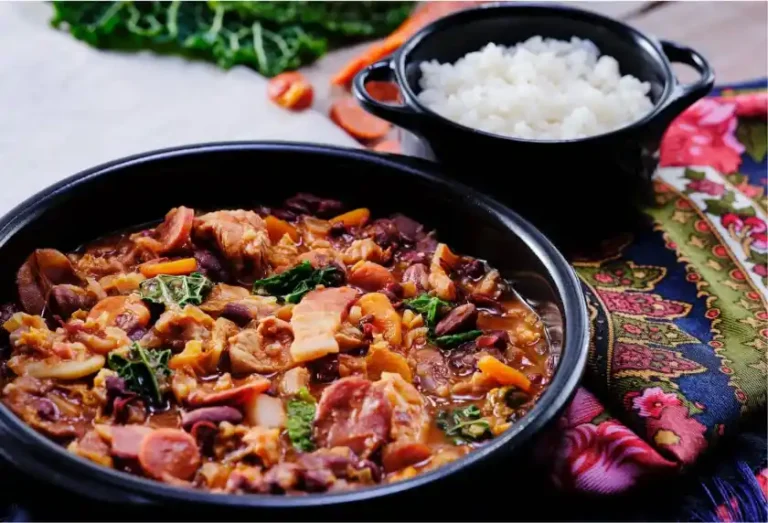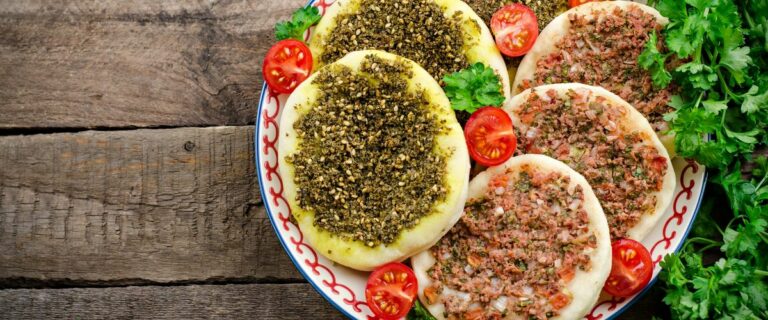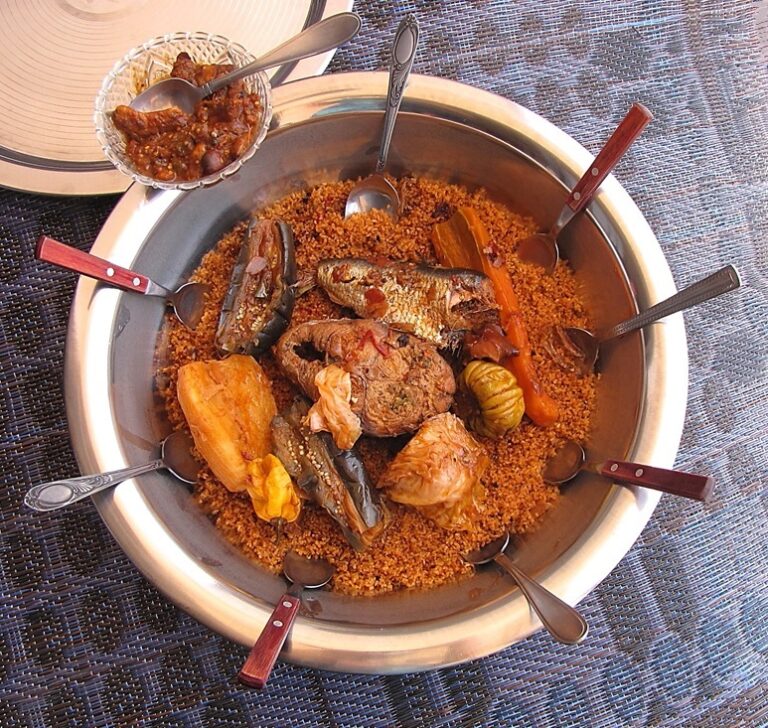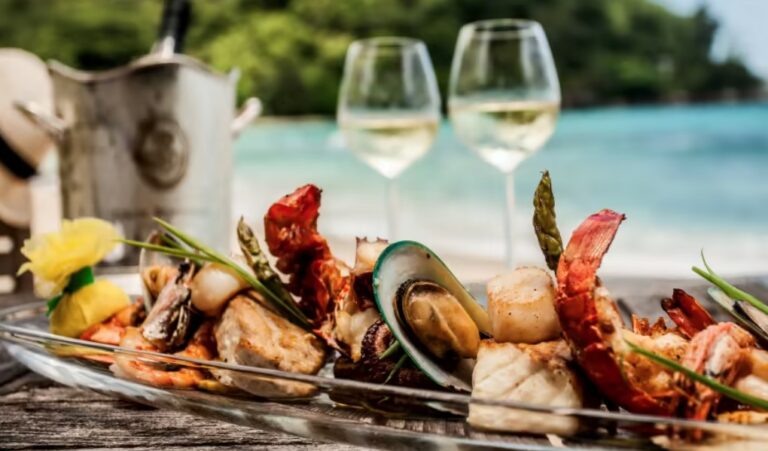Introduction: Samoa’s cuisine and dietary restrictions
Samoa’s cuisine is rich, flavorful, and rooted in tradition. The country’s food culture is centered around fresh seafood, tropical fruits, and vegetables, and starchy staples like taro and cassava. However, for those with dietary restrictions such as gluten-free or vegetarian options, navigating Samoan cuisine can be challenging.
Fortunately, Samoan cuisine does offer a variety of dishes that cater to a range of dietary restrictions. Whether it’s gluten-free, vegetarian, or vegan options, or low-carb and keto-friendly dishes, there are plenty of choices available to those with dietary restrictions.
Gluten-free options in Samoan cuisine
For those with gluten intolerance or celiac disease, navigating Samoan cuisine can be tricky. However, there are several gluten-free options available. One popular dish is palusami, which consists of taro leaves wrapped around coconut cream and baked in an oven. Other gluten-free options include grilled seafood, such as tuna or prawns, and fresh salads made with local fruits and vegetables, including papaya, avocado, and cucumber.
Vegetarian dishes in the Samoan tradition
While Samoan cuisine is known for its meat and seafood dishes, there are still plenty of vegetarian options available. One of the most popular dishes is fa’alifu fa’i, which is made with coconut cream, onions, and taro leaves. Another popular vegetarian dish is a salad made with grated coconut, raw papaya, and cucumber. For an added protein boost, vegetarian options can be paired with tofu or boiled eggs.
Vegan alternatives in Samoan cuisine
While many Samoan dishes contain coconut cream or meat, there are still plenty of vegan options available. One popular dish is sapasui, which is made with stir-fried vegetables and rice noodles. Another vegan option is keke puaa, a coconut-based cake that is often served as a dessert. For a savory vegan option, try the Samoan version of stir-fry, which is made with fresh vegetables and served with rice.
Low-carb and keto-friendly Samoan dishes
For those on a low-carb or keto diet, Samoan cuisine can be somewhat challenging. However, there are still plenty of options available. One popular dish is palusami, which is made with taro leaves, coconut cream, and fish or chicken. Another low-carb option is grilled seafood, such as prawns or octopus, served with fresh vegetables.
Conclusion: Enjoying Samoan food with dietary restrictions
Despite the challenges of navigating Samoan cuisine with dietary restrictions, there are still plenty of delicious options available. From gluten-free to vegan and keto-friendly, there is something for everyone to enjoy. With a little research and planning, those with dietary restrictions can still indulge in the rich and flavorful traditions of Samoan cuisine.










